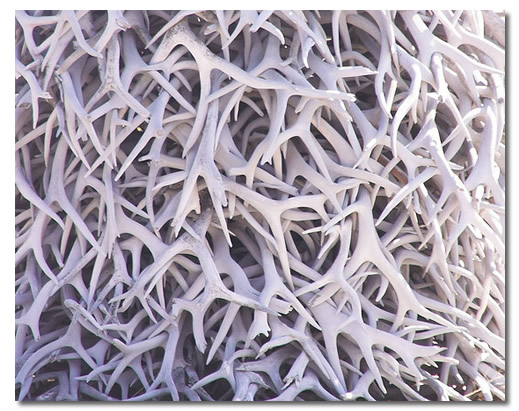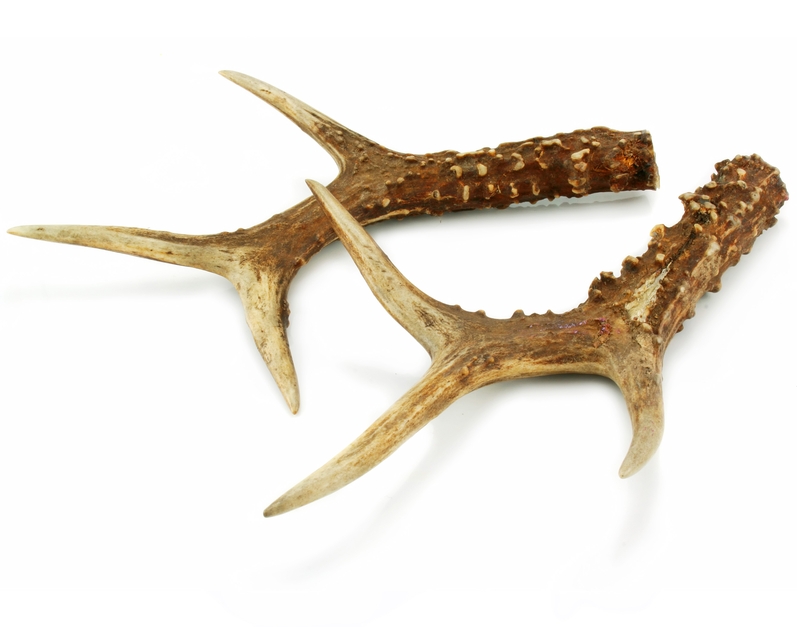Understanding the basics of deer antler valuation and pricing is important if you plan on either buying or selling antlers. To get the best deal possible (in your favor of course), you must know how to accurately price them; otherwise, you could end up leaving money on the table. The problem in doing so is that most people have no clue as to how much a set of antlers are worth. After all, it’s not like your local sporting goods store sells them, so how are you supposed to know how much they’re worth? Don’t worry, as we’re going to go over some factors known to impact the selling price of deer antlers.

Before we start, it’s important to note that a set of deer antlers are only worth what someone is willing to pay for them. I know this sounds like common sense, but you would be surprised to see some of the ludicrous prices some sellers place on their antlers. You can tag ordinary whitetail antler sets for $300 all day, but that doesn’t mean someone is going to buy them. Whether you’re selling or buying antlers, it’s recommended that you first check to see what similar sets are selling for. This isn’t a surefire method to get a precise valuation for your antlers, but it will give you a ballpark figure to start with.
Price Influence #1 – Freshness

One of the most influential factors in determining the value of a set of antlers is freshness. As you may have guessed, fresher antlers are generally worth more than older ones. The reason for this is simply because fresh antlers are stronger, more durable and possess an attractive tan/light brown coloring that’s usually preferred over the sun-bleached white color of old antlers.
If you want to keep your antlers fresh and preserved, you should store them in a dark, cool area where they aren’t exposed to the sun. Prolonged exposure to sunlight will cause antlers to dry out and their color bleached; therefore, reducing their overall value. In addition, sun-bleached antlers are more likely to crack and break than fresh ones. After harvesting antlers from a deer, you can leave them out in the sun to dry for 48 hours, but remember to bring them back in after this time has passed.
Price Influence #2 – Symmetry
Symmetry is another factor that’s proven to influence the selling value of a set of antlers. If one side of the antlers perfectly mirrors the other, then it’s highly symmetrical and worth more than others. You can usually determine how symmetrical a set of deer antlers are simply by looking at it. Of course, you can go one step further by measuring and scoring them using an official method such as Boone and Crockett (B&C), but this usually isn’t necessary.
The reason why symmetrical deer antlers are worth more is simply because they are more attractive. While there’s nothing wrong with unsymmetrical antlers, they generally aren’t preferred by collectors. When you are out hunting for deer antler sheds, keep an eye out for ones with high symmetry, as they are going to be worth far more than others.
Note: If you’re trying to determine the value of a single side of antlers (instead of a full rack), then symmetry isn’t going to factor into the price. In this case, skip symmetry and move on to the other price-influencing factors listed below.

Price Influence #3 – Size
It should go without saying that size is the single most influential factor affecting the price of deer antlers. A set of spikes or other small antlers isn’t going to sell for as much as a large, complex rack will. It’s important to remember that size isn’t just the number of points a set of antlers has, but also the circumference and overall mass. Closely inspect any antlers you’re considering buying or selling to determine just how large they are. You can either ballpark this figure by looking at them, or you can score them for a more official size reading (scoring requires special tools).
Trophy-sized deer antlers that are one of a kind are almost impossible to price because there are no similar specimens to compare them to. In addition, most people who own trophy antlers choose to keep them in their personal collection and not sell them, which makes them even harder to come by. If you ever find yourself in possession of trophy antlers, you might want to hang on to them until you get an offer that blows you away.
Price Influence #4 – Species
A lesser-known factor that affects the price of deer antlers is their respective species. Naturally, antlers taken from common deer species are generally worth less than antlers from rare or hard-to-find species. So, what species are common and which ones are rare? Whitetail and mule deer are the most common species of deer here in the US; therefore, antlers taken from them are generally the least expensive. Moose, on the other hand, are the most expensive set of antlers because of their rarity, regional location, size and unique webbing. In fact, it’s not uncommon for a high-quality set of moose antlers to sell for $400 or more.
Here’s a general list of deer antlers sorted by the most valuable species first:
- Moose
- Elk
- Caribou
- Mule
- Whitetail
Price Influence #5 – Regional Location

The last factor that can influence the value of deer antlers is your regional location. If you are selling mule deer antlers in an area where the species is commonly found, then you are naturally going to make less money for them. However, you can take those antlers to locations far away from their natural habitat, such as further north, and likely make more money off them.
Hopefully, you now have a better idea of how to price and value deer antlers. While all of the factors listed above will influence the selling price of deer antlers, the best thing you can do is to check and see what similar antlers are selling for on the same platform you’re using. For instance, if you’re buying antlers on Craigslist, do a little searching to see what other people are selling theirs for. This will give you a starting point to base your price around, and hopefully it will result in you getting more money for your deer antler finds.








